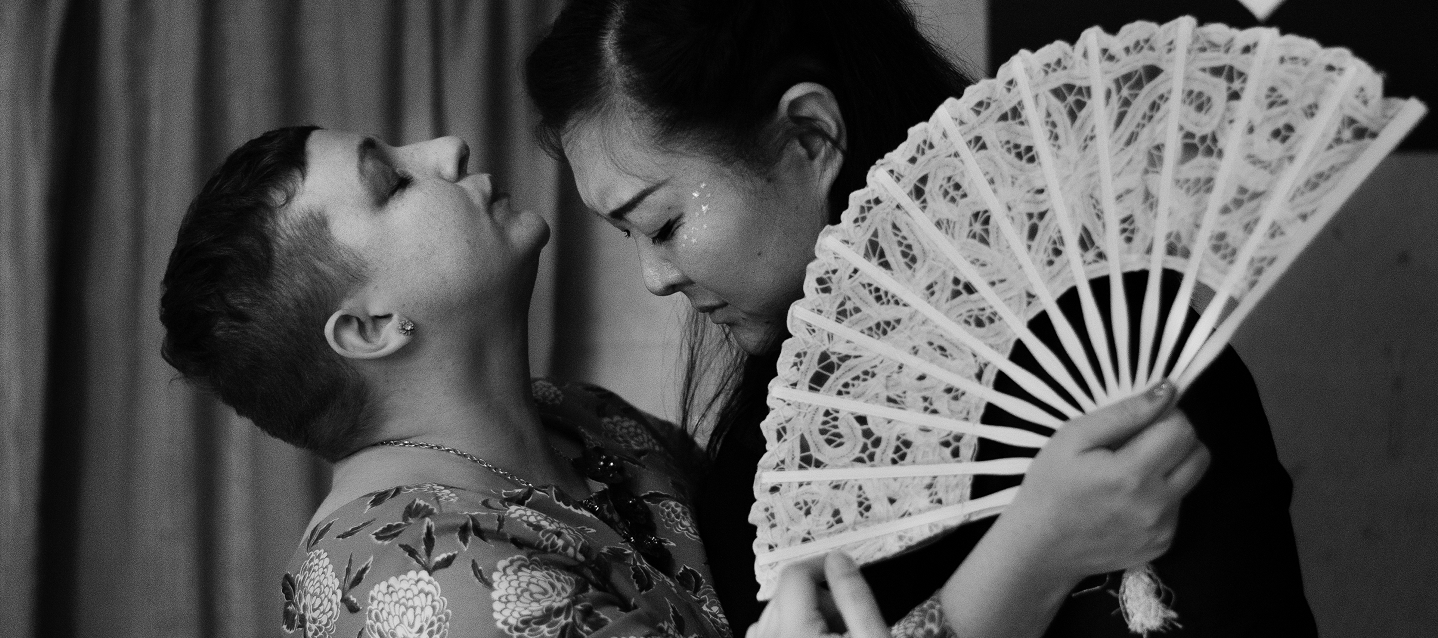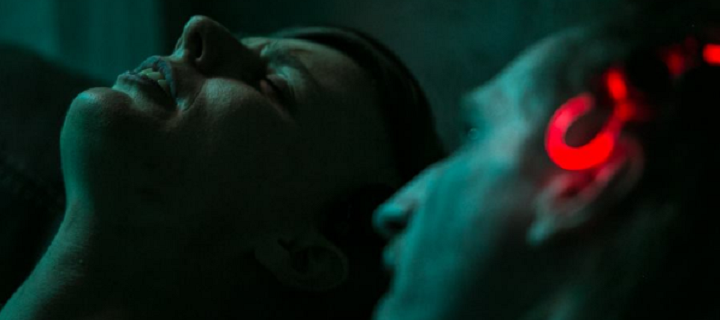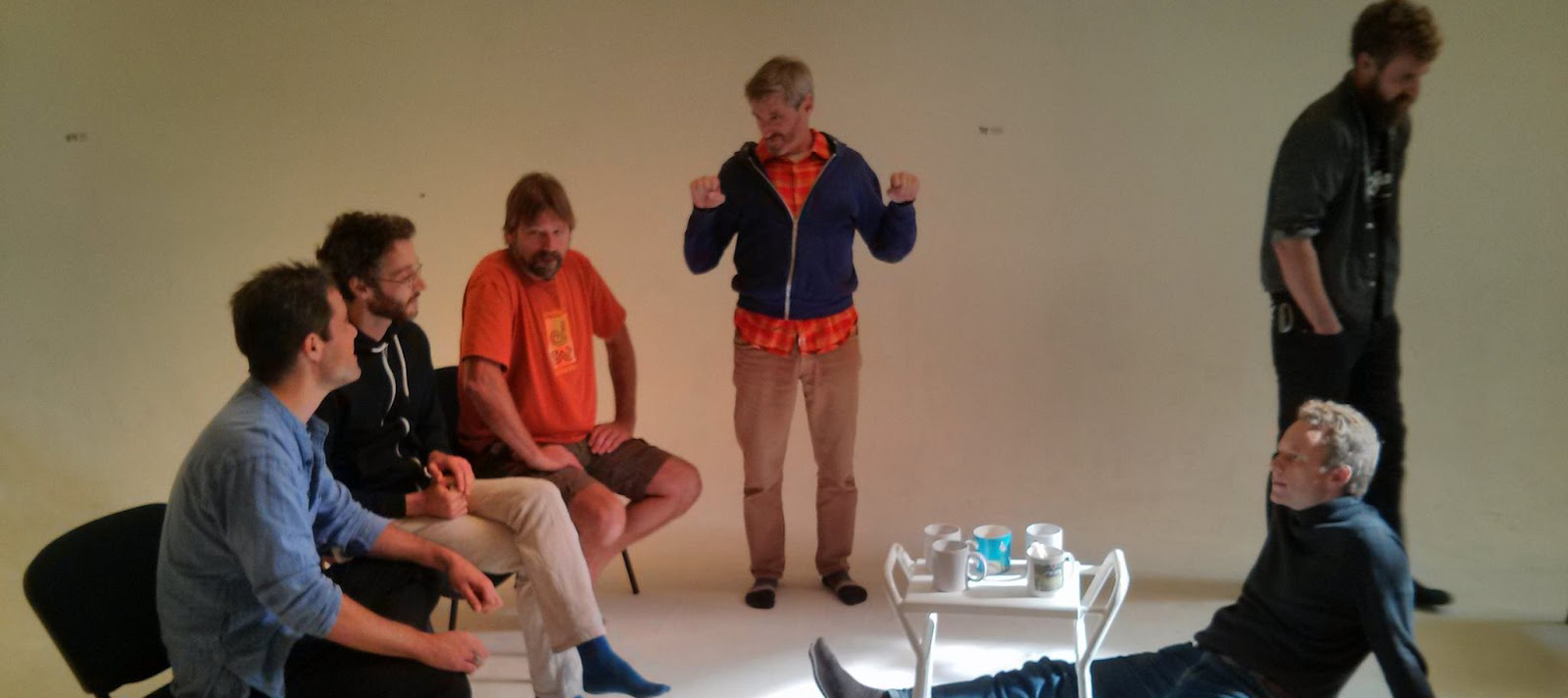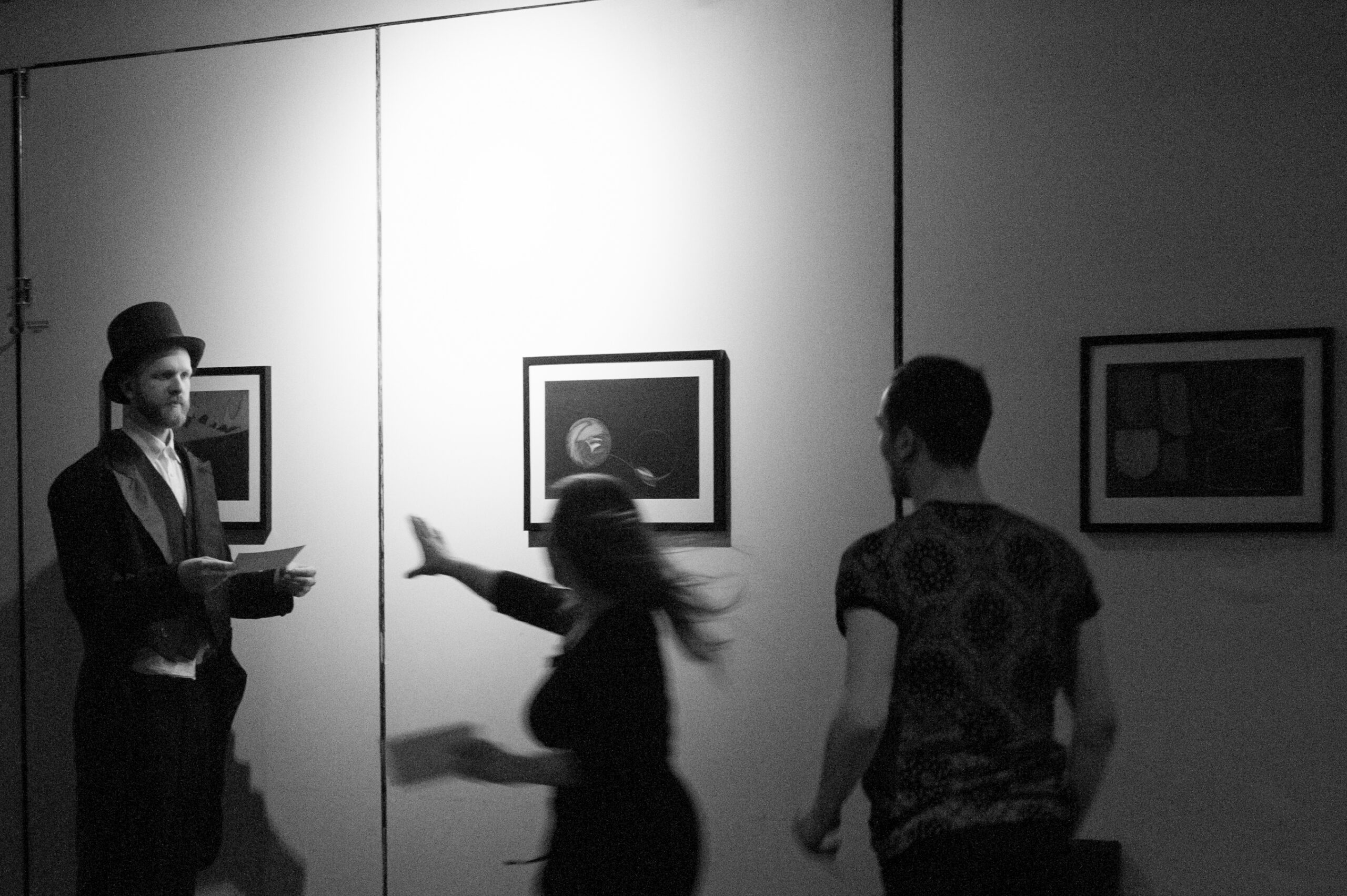Tag: UK
-

Dance Macabre Blueprint
Detailed explanation of the design and organization of the Dance Macabre larp, in which pairs of dancers attempt to overcome problems and fears around the subject of love.
-

Tenement 67: Tales from the Tenements
How a UK larp’s take on dystopian cyberpunk is learning from Nordic larp design principles One day you will see the truth, you will learn to understand the patterns and numbers in the data. When God left the analogue world they left us a trail to follow, a path to enlightenment and a way to
-

Real Men – Defining Gender Identities
Take your mind back, I don’t know when Sometime when it always seemed To be just us and them Girls that wore pink And boys that wore blue Boys that always grew up better men Than me and you Joe Jackson, Real Men Real Men is a chamber larp for 4–8 players, lasting four hours,
-

A Refreshing Take on Larp in Film: Review of Treasure Trapped
in
Treasure Trapped (2014), directed by Alex Taylor, is a documentary about larp made by the UK company Cosmic Joke. In a short article in the Wyrd Con Companion Book 2012, the filmmakers describe the background of the film’s journey. The movie started as an exploration of modern day fantasy larp in the UK and its
-

Nordic Style Larp in the UK
in
The UK has a large and thriving larp industry, going back to the early 1980s and with an estimated 100,000+ current active participants. But awareness of larp traditions in other countries, and in the Nordic scene in particular, has been minimal until very recently. In particular, the few months since Knutpunkt 2014 have seen a flurry